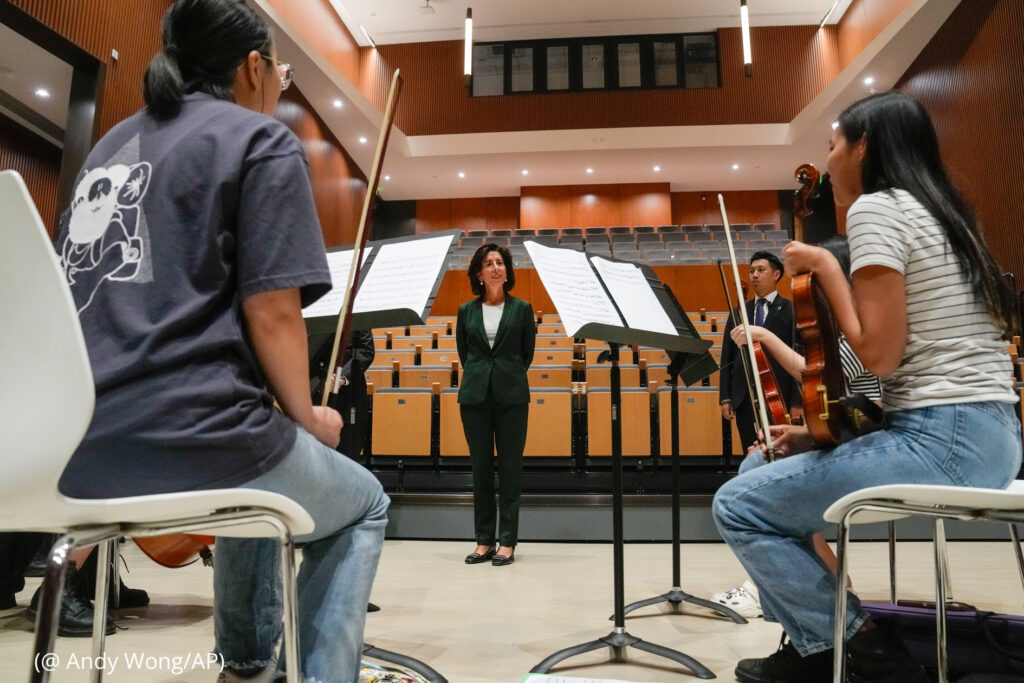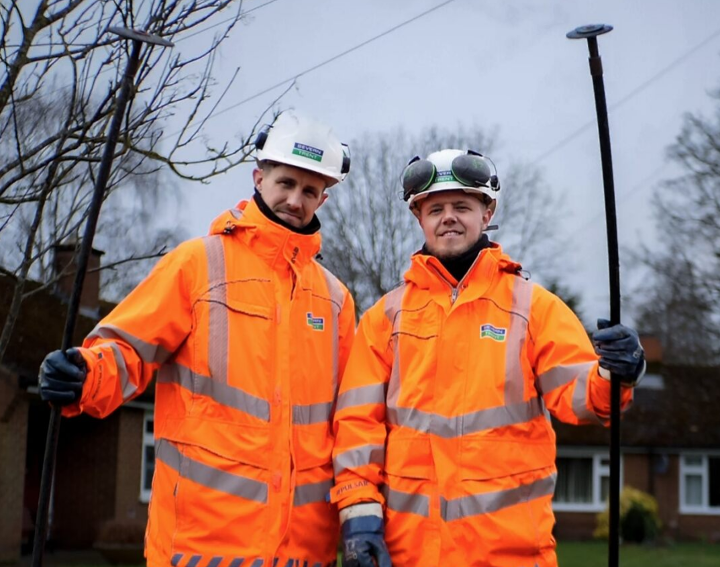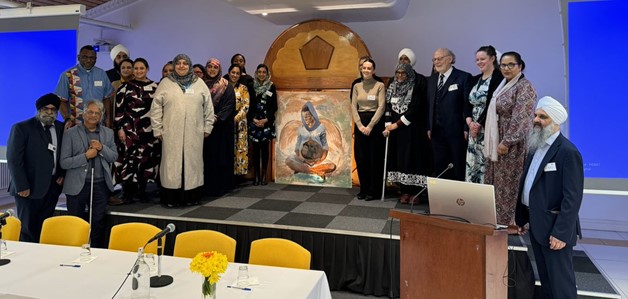Did you know that 41% of voice assistant users report experiencing miscommunication issues with their devices every week?
This statistic prompted our team at Cubicfox to reflect on your recent article about tech advancements. In a world becoming more reliant on voice recognition, clarity is crucial.
"The future of communication lies not just in the technology, but in our ability to understand and adapt to it," says Thomas M. Pentz, CEO of Cubicfox. This statement rings true when it comes to our interactions with smartphones, where frustration often arises due to misunderstandings between humans and their devices.
Ever uttered a clear request to your phone's virtual assistant, only to be met with confusion or an irrelevant response? You're not alone.
According to a report from Microsoft, smartphone users are increasingly frustrated with their devices' ability to comprehend their voice commands. 41% of users express worries regarding trust, privacy, and passive listening.
This underscores a discrepancy between user expectations and the present capabilities of speech recognition technology. So, why does your phone sometimes struggle to understand you?
Here are a few key factors:
- Background noise:Software algorithms responsible for voice recognition rely on clear audio input. When background noise creeps in, these algorithms face difficulty separating your voice from the surrounding sounds.
- Accents and dialects:According to Frontier voice assistants like Alexa achieve a 55% accuracy rate for native speakers. However, this drops significantly for non-native speakers or those with strong accents.
- Ambiguous phrasing:The way we naturally speak often involves incomplete sentences, slang, or informal language. These elements can be challenging for AI models to interpret compared to grammatically correct and formal phrasing.
However, advancements in software are constantly working to bridge this communication gap. Here's how:
- Improved noise cancellation:Newer speech recognition models integrate algorithms designed to effectively filter out background noise. According to a study published in Springer Link, it's feasible to extract these denoising capabilities from such models into a preprocessor network, which can then serve as a frontend for downstream ASR models.
- Accent and dialect adaptation:Developers are increasingly focusing on training models with diverse datasets that include various accents and dialects. This can lead to a more inclusive and accurate understanding of spoken language.
- Contextual awareness:Software is evolving to incorporate contextual information, such as location and recent interactions, to better understand the intent behind a user's query. This can significantly improve the accuracy of responses, even when the phrasing is ambiguous.
As Thomas M. Pentz emphasizes: "The key to seamless communication with technology lies in continuous learning and adaptation." By understanding the limitations of current technology and embracing the potential of ongoing software advancements, we can pave the way for a more intuitive and frustration-free future for interacting with our smartphones.












